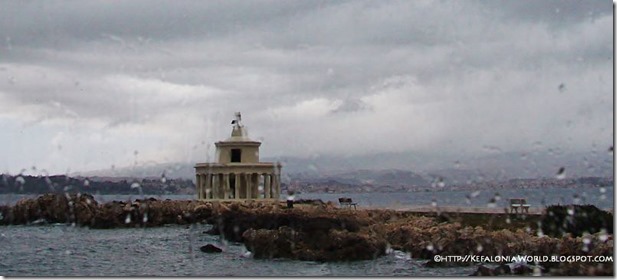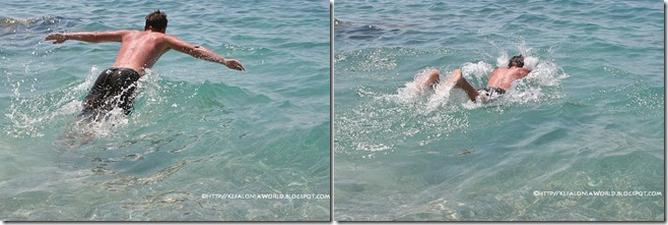Kefalonia's churches and chapels: the aesthetics and location factor
If I claim to have been to more churches and remote chapels of Kefalonia than most local clergymen—or the devoutest members of their faithful flock—it would not be an exaggeration.
And there isn’t one Kefalonian church or chapel that is not outstanding in some way, be it the architecture, the interior, the location, or all of the above.
Some are simple but perched on high hills offering breathtaking views that make one think that God had the best real estate agent! Others are so imposing in size or architecture that they dominate their humble surroundings and, aesthetically pleasing as they may be, their pomposity and grandeur is a stark contrast to their mission as places of worship and spiritual reprise.
 |
| St. Nicholas Church at Svoronata, Kefalonia |
Byzantine meets Baroque
Most Kefalonian churches and chapels house unique treasures of great artistic merit in the form of elaborate ceilings, stunning Byzantine iconography and frescoes, old portable icons painted by well-known artists, historical manuscripts, and stunning wood-carved iconostases featuring intricate baroque elements.
The bell towers are tall, distinctive and unattached from the church itself following the dictates of western architectural style rather than that of the eastern Orthodox tradition.
Search and you shall find
Many a time— in my photographic adventures or “missions” to record the island’s attractions for work-related projects—I found myself filling memory cards with hundreds of images of undeniably photogenic elements.
But not without a degree of guilt; I felt that I cheated myself (and my readers) since I was capturing the obvious. That is when I began to see rather than just look—and it must have been in the Church of St. Nicholas* in Svoronata.
It is a huge cathedral with one of the tallest bell towers of Kefalonia, an grandiose interior, a mezzanine, and embellished decoration from front to back and top to bottom. One could spend hours here gazing at and photographing the numerous objects and forms of ecclesiastic art.
Having done so and turning to leave, I noticed an unpretentious composition, sitting in the middle of the floor, that seemed out of place in this showcase church of elegance, ornamentation, and artistic excess.
On second thought, maybe it was the only thing that was in the right place…
 |
| Characteristic Eastern Orthodox church fittings at St. Nicholas (Svoronata, Kefalonia): Traditional oil candle (foreground) and ornate floor tiles (background) |
Non-extravagant spirituality
A battered wooden bench—not an intricate or fancy hand-carved stool—served as a resting hub for the makeshift oil candle that defiantly claimed its place among the exquisite chandeliers and bronze candle holders. A simple household glass—not a Tiffany or crystal utensil—held the olive oil, and an aromatic beeswax candle—used to reach and light the wick—rested on the side. Both were placed atop a simple, though a bit inappropriate in design, serving tray so as to protect the old bench from possible oil stains! This simple but genuinely beautiful composition competed on an equal basis with the geometric pattern of the traditional floor tiles.
Indeed, this is by far my favorite and most memorable image of this Kefalonian attraction, and one that alleviates my guilt for overly showcasing the obvious.
But habits are hard to break, so here’s the rest of that obvious.
 |
| Iconography and ecclesiastical art dedicated to St. Nicholas (Svoronata, Kefalonia) |
*note: In Greek Orthodox tradition, St. Nicholas is the patron of seamen. Folklore abounds with accounts of seafarers being pulled and saved from shipwrecks by the Saint. This belief is clearly depicted in the iconography of any church dedicated to Him. Seamen who leave for the faraway seas, and those who attribute their safe return to the Saint, often dedicate items in anticipation and gratitude. Aside from icons, popular dedications include replicas of ships. Some of these replicas are intricate and beautiful works of art, such as the ship replica on the left bottom of the image composition.







